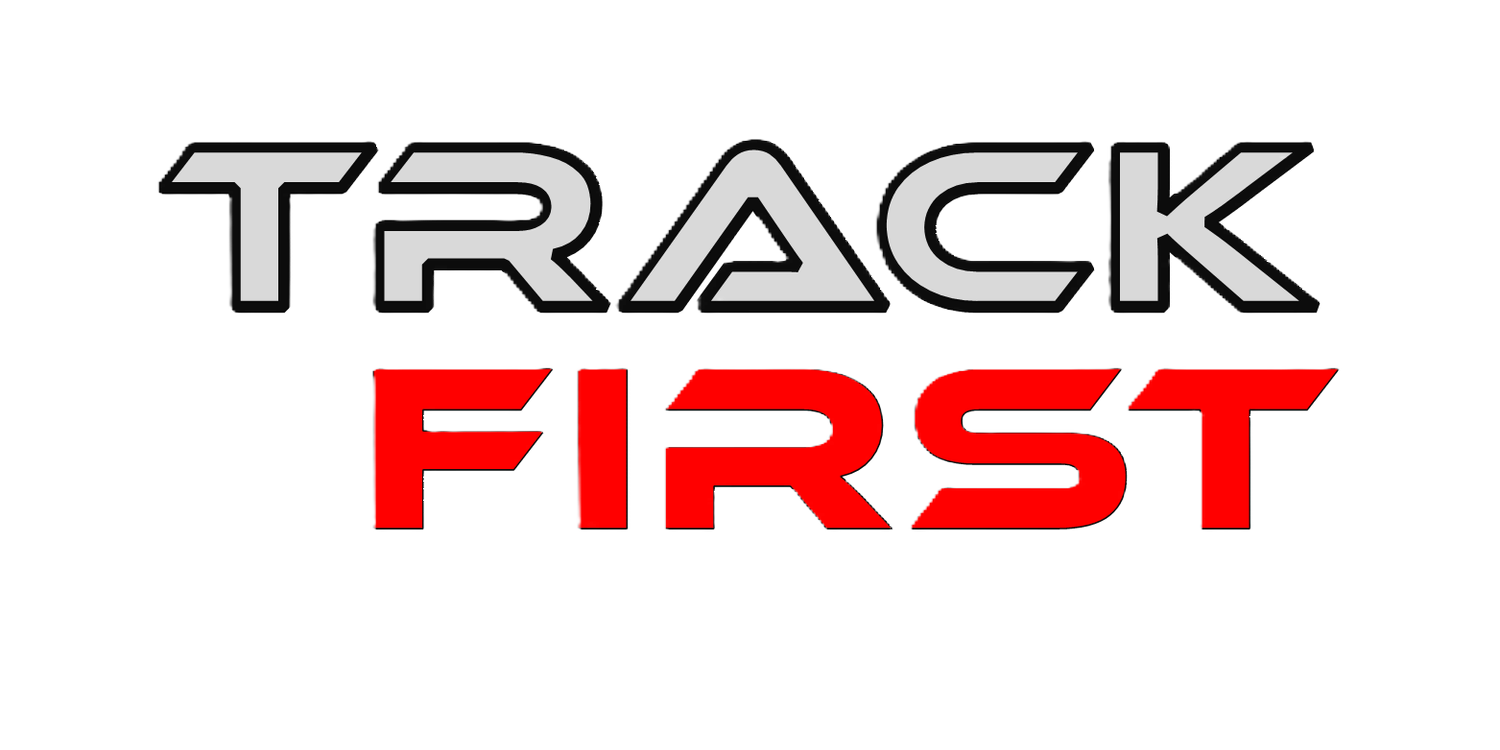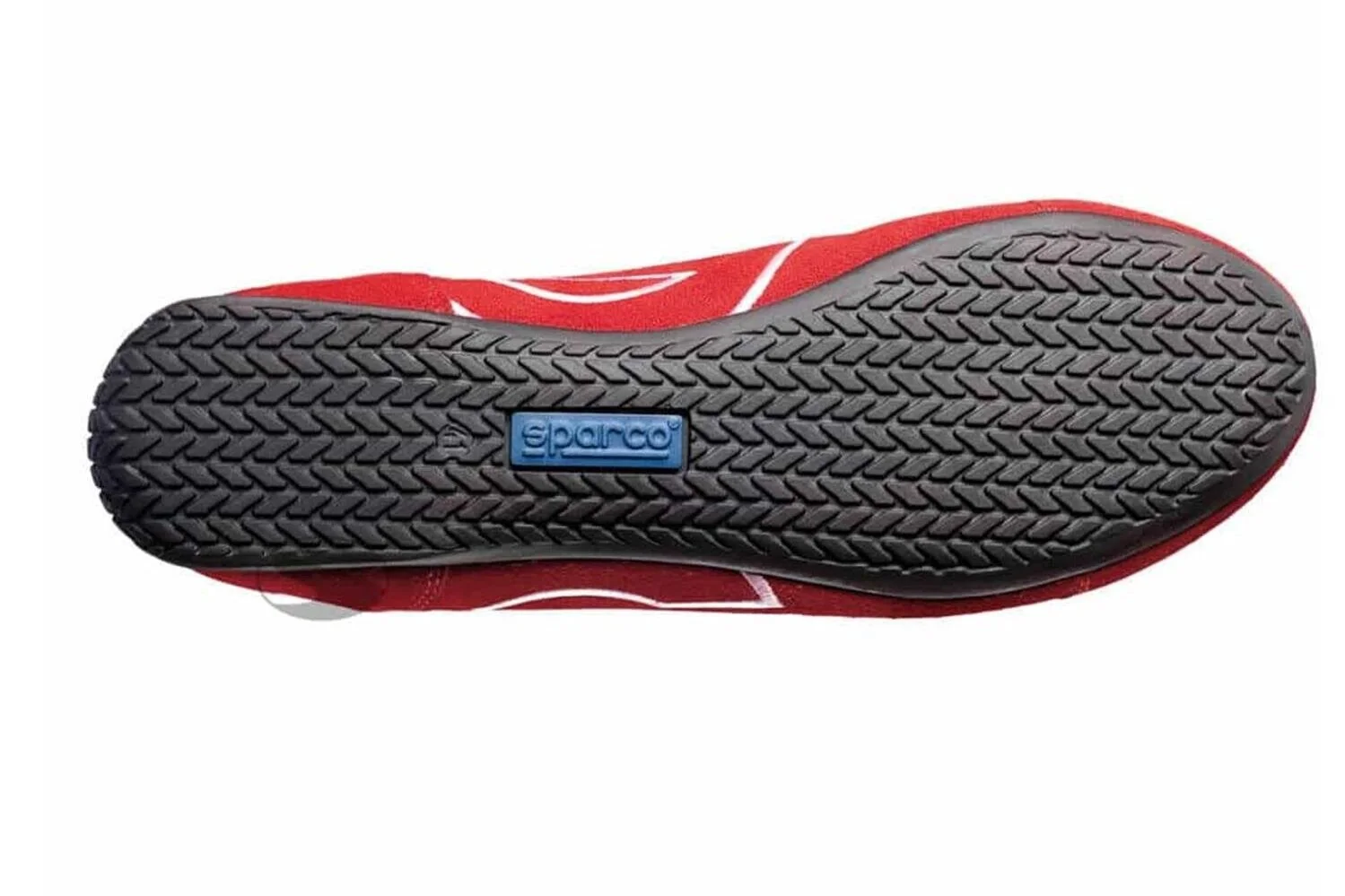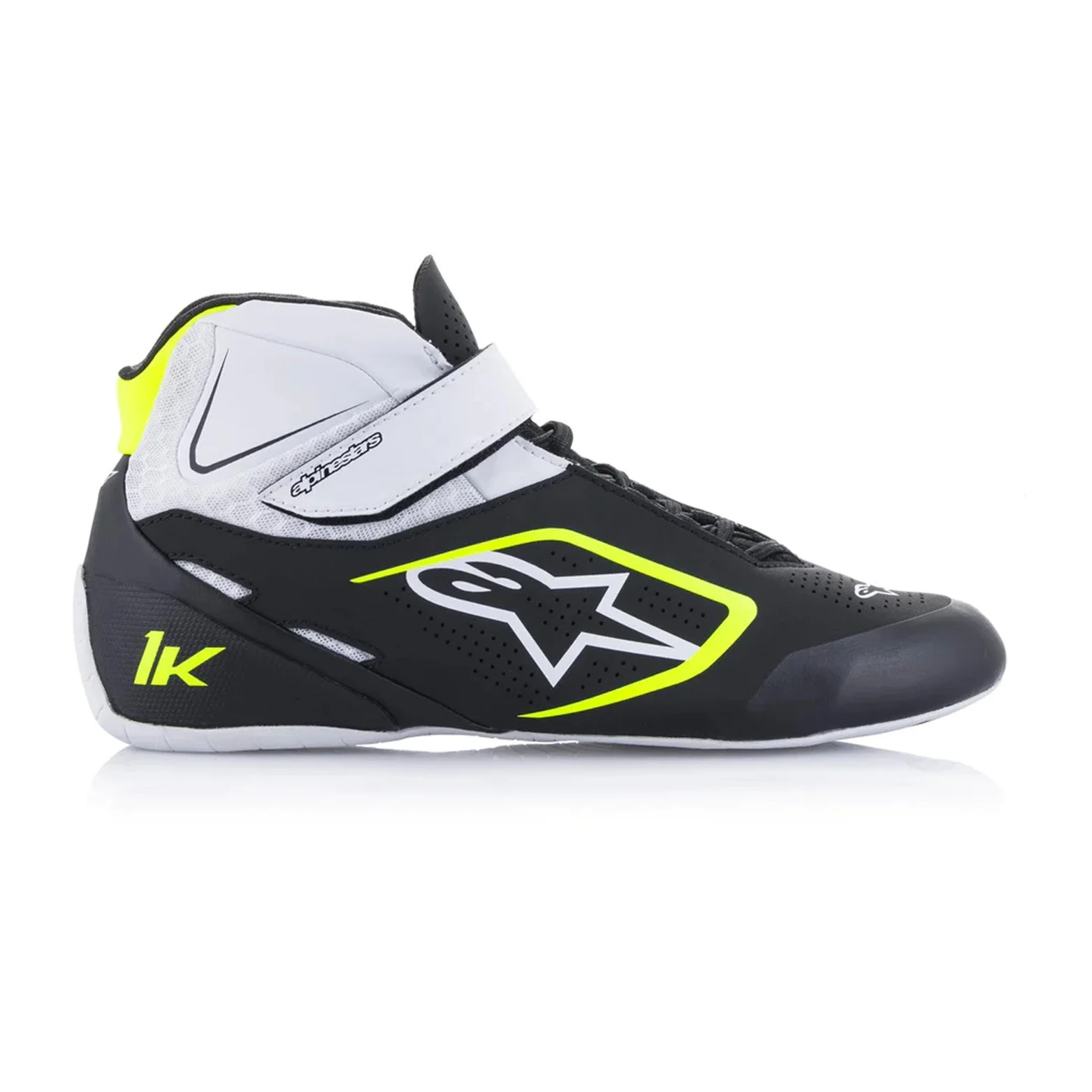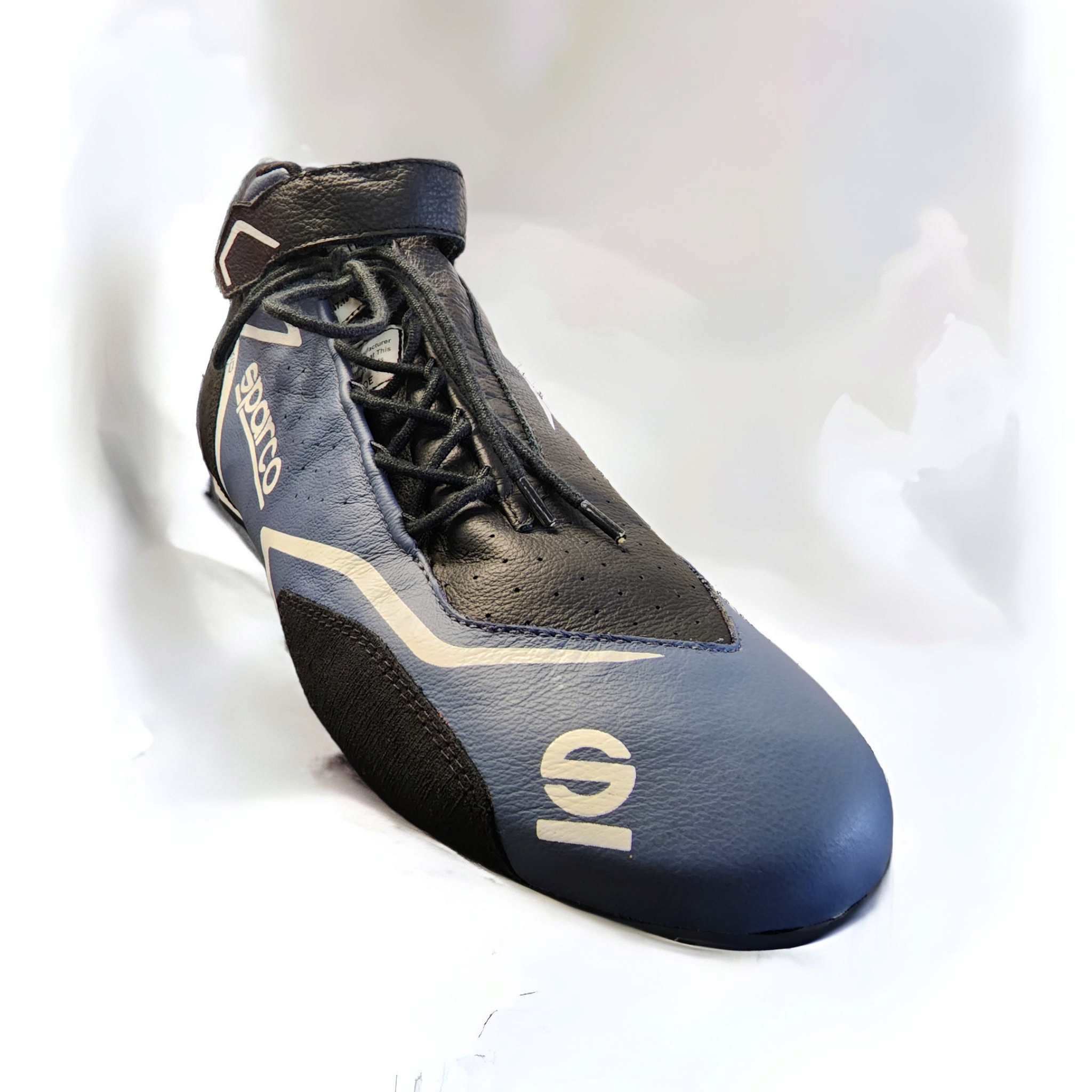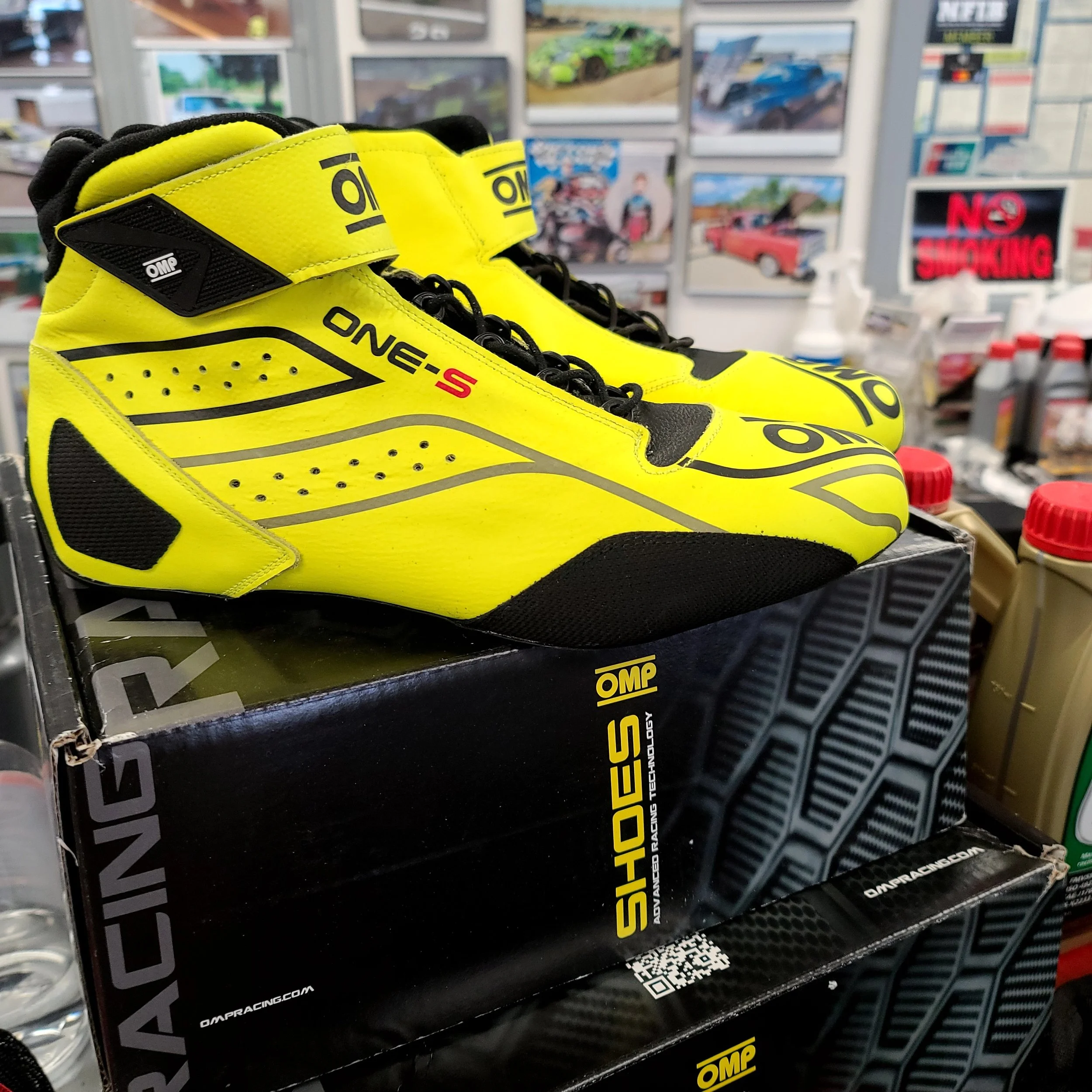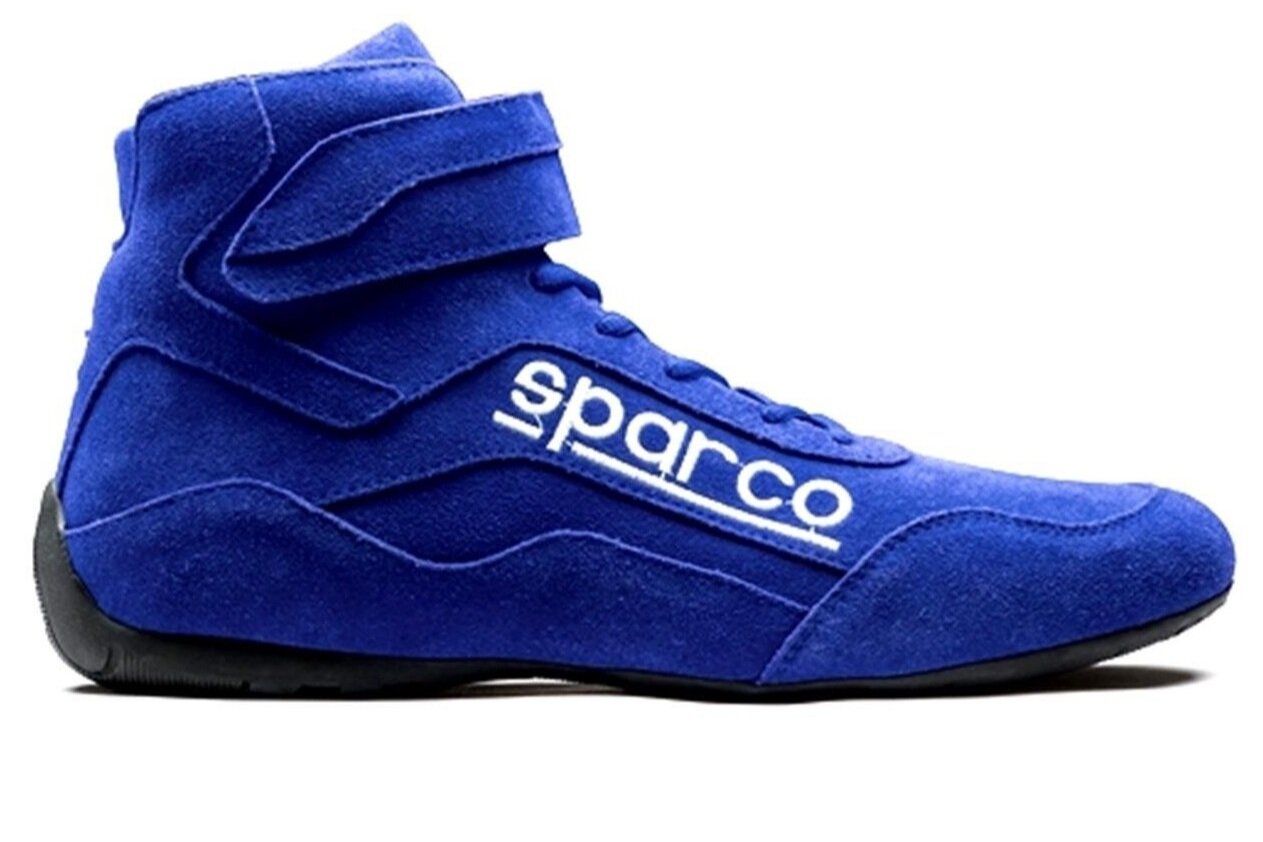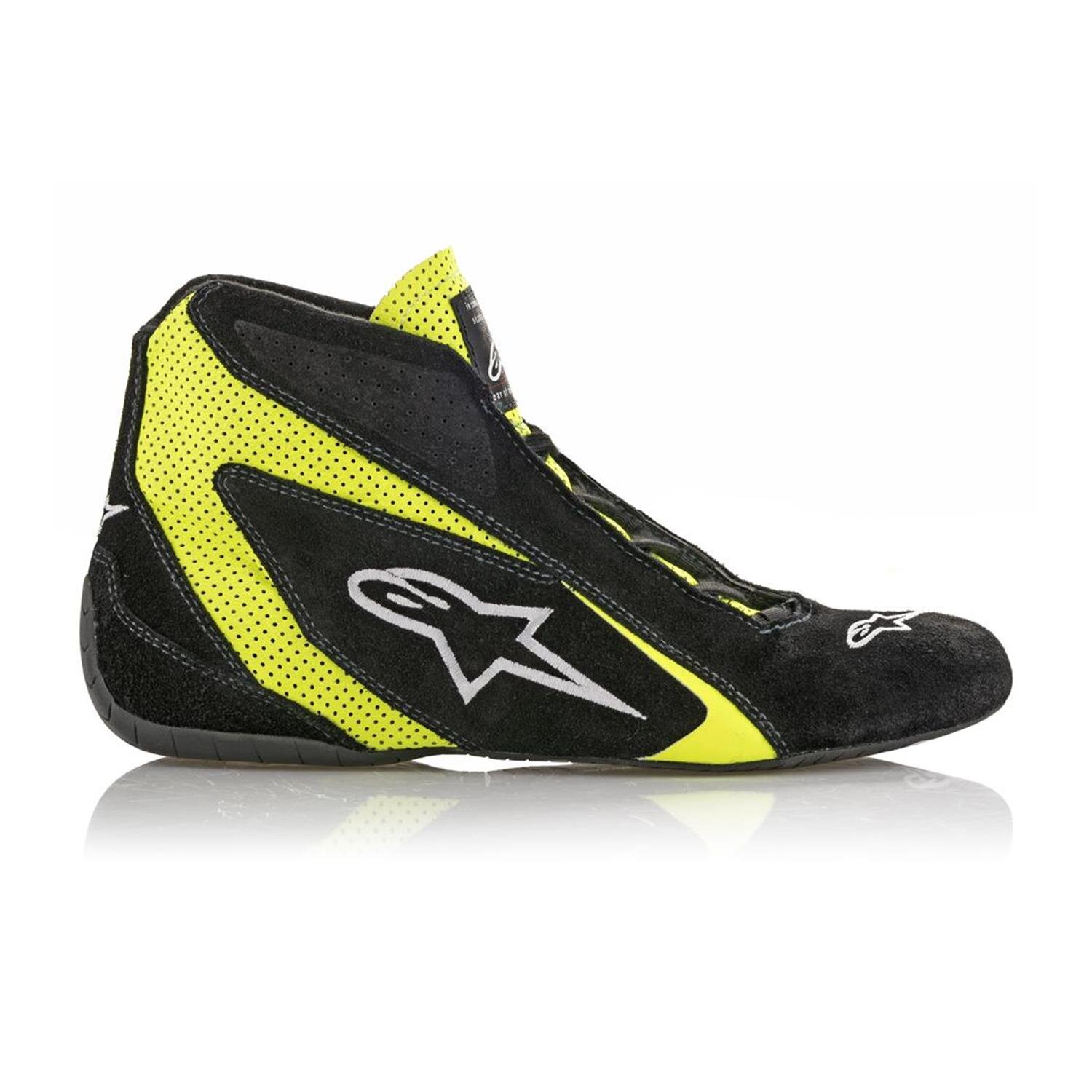
WHY YOU SHOULD BUY A RACING SHOE
We were asked ‘why not buy a wrestling shoe?’
A senior HPDE instructor told us he was advising his students to buy wrestling shoes because they were a cheaper alternative to a race shoe implying they performed equally. This got us thinking - and disputing the claim. First wrestling shoes are not cheaper (Racequip SFI rated shoes pricing starts at $90.) Secondly, the shoes profile may be similar but that is where the similarity stops AND they are not fire-retardant!
AUTO RACING SHOES share many of the same features. Some features are dictated by the safety sanctioning councils such as FIA & SFI. Others features are added by the manufacturers for driver comfort and the unique demands of the sport. Then the Brands will add their unique fabrics, proprietary engineering, colors, graphic designs, logos and styling.
Yes, the wrestling shoes offers the same profile with a high ankle support - but look at the soles they are made to grip the floor and flex, racing soles are not.
Similar to the racing shoe. The wrestling shoe has high for ankle support, but the materials and structure would not help, or survive the rigors of auto racing.
THE SOLE of a racing shoe is flat. slim, thin and stiffer for optimal pedal feel and control.
A much lesser grip especially when compared to conventional driving shoes. It is presumed your feet will be doing a lot of quick work and nothing should impede this effort or your feel of the pedal. Note, there are no sharp edges - everything has been smoothed and rounded. Nothing should interfere your pedal control and access.
Race shoes are for racing.
They are designed to be comfortable, light and functional - but only when driving. The shoes have very little arch support so not great for walking around the paddock, (bring another shoe for that.) They are also more delicate creatures and need to be protected from the elements including all those garage fluids. Oil spots on your shoes become heat and flame paths.
The racing shoe heel and ankle.
The heel is weighted, rounded and pronounced. The thicker (compared to the sole,) heavier heel is to balance and anchor the foot. Some race shoes have advanced technical designs with asymmetrical heels and innovative structures. The rounded, rubber heels are designed for quick, smooth gear shifting and heel-toe movement.
Note the cut in the top of the shoe’s back ankle profile.
The race shoe’s rear design is high for optimum ankle support. The back (Achilles) cut-out is designed to give back-heel support without restricting movement. It also helps prevent heel rub and other foot irritations associated with frequent gear shifting. (Discomfort is a distraction and distractions affect both safety and performance.)
Karting shoes are an HPDE, Track Day alternative (but not if you are racing.) The shoes share most of the same features as auto racing shoes. However, they are less expensive since they are not required to be fire-retardant allowing manufacturers to use man-made fabrics. And they are not required to sport a Nomex lining.
The rear cut of a karting shoe.
Auto racing shoes will sport…
Organic materials (flam/heat retardant) with an aramid (flame resistant) interior lining and a flame retardant sole.
The best racing shoes will feature smooth edges, extremely flat and thin soles, weighted and rounded heels, good ankle support. Adding more durable, wear patches at critical locations; utilize a lacing system that will never distract or impede the driver, and a design that will maximize breathability with perforated leather or the insert of other technical (fire-retardant) fabrics.
Pro-racing shoes will most likely sport a supple leather, often Kangaroo leather (they are a pest in Australia.) Kangaroo leather is softer, durable, more breathable and better retains its form.
Choose a brand, model and size that fits your feet. Try not to make your budget the priority. Comfort is always critical to performance - to retaining your focus & safety.
The lacing system: The laces are generally long and so tedious/time consuming to properly fit. The laces also have to be contained and stopped from coming caught or undone. Manufacturers continue to innovate to solve these issues. You will find asymmetric lacing, ankle straps, sock systems, rotor lacing & no-lace systems.
Each major brand has their state-of-the-art shoe They will be light, soft, and highly engineered
For example the SPARCO X-LIGHT + Racing Shoes $549
Ultra-light weight stretch fabric and combined with soft leather.
Highly breathable sock-like upper fits and breathes like a second skin.
Ultra-thin, Carbon Fiber inlayed sole with anti-static, oil and fuel resistant properties.
Printed silicon cushioned inner sole for maximum pedal feel
BUT YOU CAN BUY A GREAT RACING SHOES starting around $100 - our favorite….
Brands do offer less expensive shoes. In general they will be not so light, stiffer and the sole thicker. Our favorite is the Sparco Race 2. it is a tough, comfortable shoe with a good, high ankle fit. We have found the foot platform fits most feet, even those customers with wider feet. Available in red, blue and black. Sizes 7 - 13.
REMEMBER - Be kind to your feet. A comfortable fit is important. (The shoe should fit like a glove.) The length is not so critical but the toe width span is. Unlike walking, the foot will be resting on the heel - in fact some drivers go down half a size. Remember these shoes do not stretch. Get the fit right the first time. An ill-fitting shoe becomes a distraction and that is both a safety and a performance issue!
